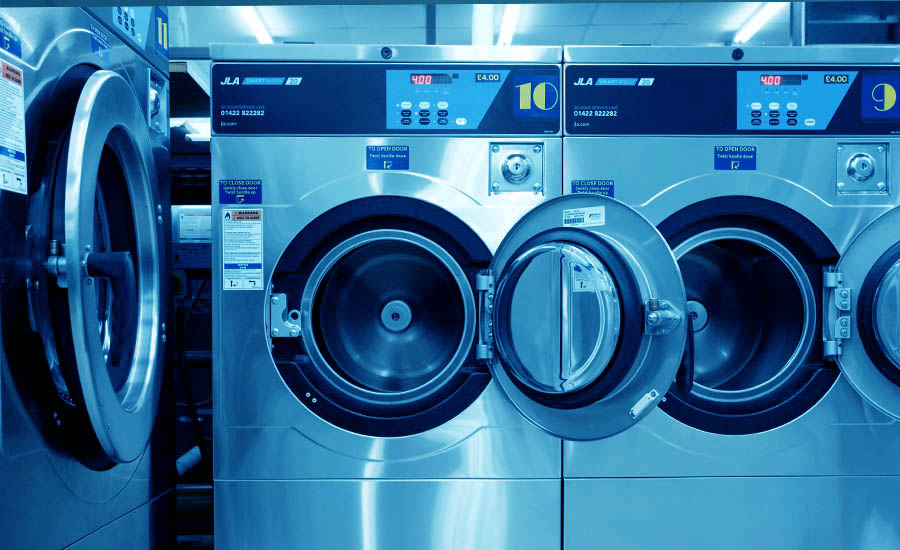Professional clogs are an integral part of the work uniform of every healthcare operator.
Being in continuous contact with the floor, like all footwear, clogs are means of accumulation of dirt and possible vehicle for bacteria.
This is why their proper maintenance and cleaning are a fundamental aspect.
Sterilization is the only method that ensures the complete disinfection.
In the presence of an autoclave, the clogs are cleaned thanks to the action of saturated vapour.
Autoclave sterilization
Hospitals, medical offices, dental, tattoo, veterinary and microbiology laboratories, beauty centres.
Here the practice of sterilization is on the agenda and applies to all equipment and object that are used, as long as they are suitable for treatment.
In hospitals, particularly, the sterilization of medical devices represents the fundamental base of infections’ prevention and control.
However, not all clogs are suitable for sterilization!
How to choose the right footwear?
Only the thermoplastic rubber clogs, also called “sterilizable clogs”, are resistant to the very high temperatures of the steam, and are therefore suitable for the sanitization.
Briefly, the phases of a clog’s sterilization cycle in autoclave:
- Load: the clogs must be placed in the autoclave in an orderly way, not piled up, so that the steam can circulate between them reaching every nook and cranny with homogeneity. Only in this way, the steam will be able to replace the air and ensure the necessary high temperatures.
- Vacuum Generation: Atmospheric air is pumped out of the autoclave and replaced by saturated steam under pressure. When this phase is completed, the vacuum valve must be closed.
- Heating: The temperature rises. The clogs are ready for the wash.
- Sterilisation: The real phase of sterilisation has a duration that change from the temperature reached by the autoclave, and from the quantity of germs present on the clogs to sanitize. Standard operating cycles are 121° C and 134° C.
- Cooling: The temperature starts to decrease until the end of the cycle, that is the unloading phase.
And in absence of an autoclave?

Clean your sanitary clogs without an autoclave
The Reposa autoclavable clog is suitable also for those places where sterilization is no necessary, considering its level of technical performance and its comfort, an important aspect for those who spend whole day standing.
Its characteristics are antistatic and anti-slip properties, ergonomic shape, shock absorption, resistance and stability.
Without autoclave, the cleaning takes place manually with warm water and neutral soap, using cloth or soft bristle brush.
The use of the washing machine is not forbidden; certainly, the clogs resist to the temperature of any program, but be careful, the continuous shock movement in the drum can cause breakages and malformations in the clogs, so deselecting the spin cycle is very important if you do not want to have unpleasant surprises at the end of the washing cycle.
It is recommended the use of neutral detergents (normal laundry detergents are fine), avoiding all those aggressive products that could damage the soft rubber they are made of (no methyl ethyl ketone, diluents, gasoline, petroleum and any other type of chemical agents).
Clogs cleaning , safety for those who wear it.
In addition to a proper use, careful maintenance of your Reposa sanitary clogs, is the A-B-C to work in safety.
You should not forget that the professional clog is not a simple complement of the uniform, but is a personal protective equipment (PPE), which protects the operator from the risks he may incur while working.
Taking care of the protective equipment you are given means taking care of yourself.
These is a short guide and some advice to do it better.
The topic of cleaning sanitary clogs is detailed in the information note, which by regulation, accompanies each Reposa clog of the autoclavable line Go to catalog.